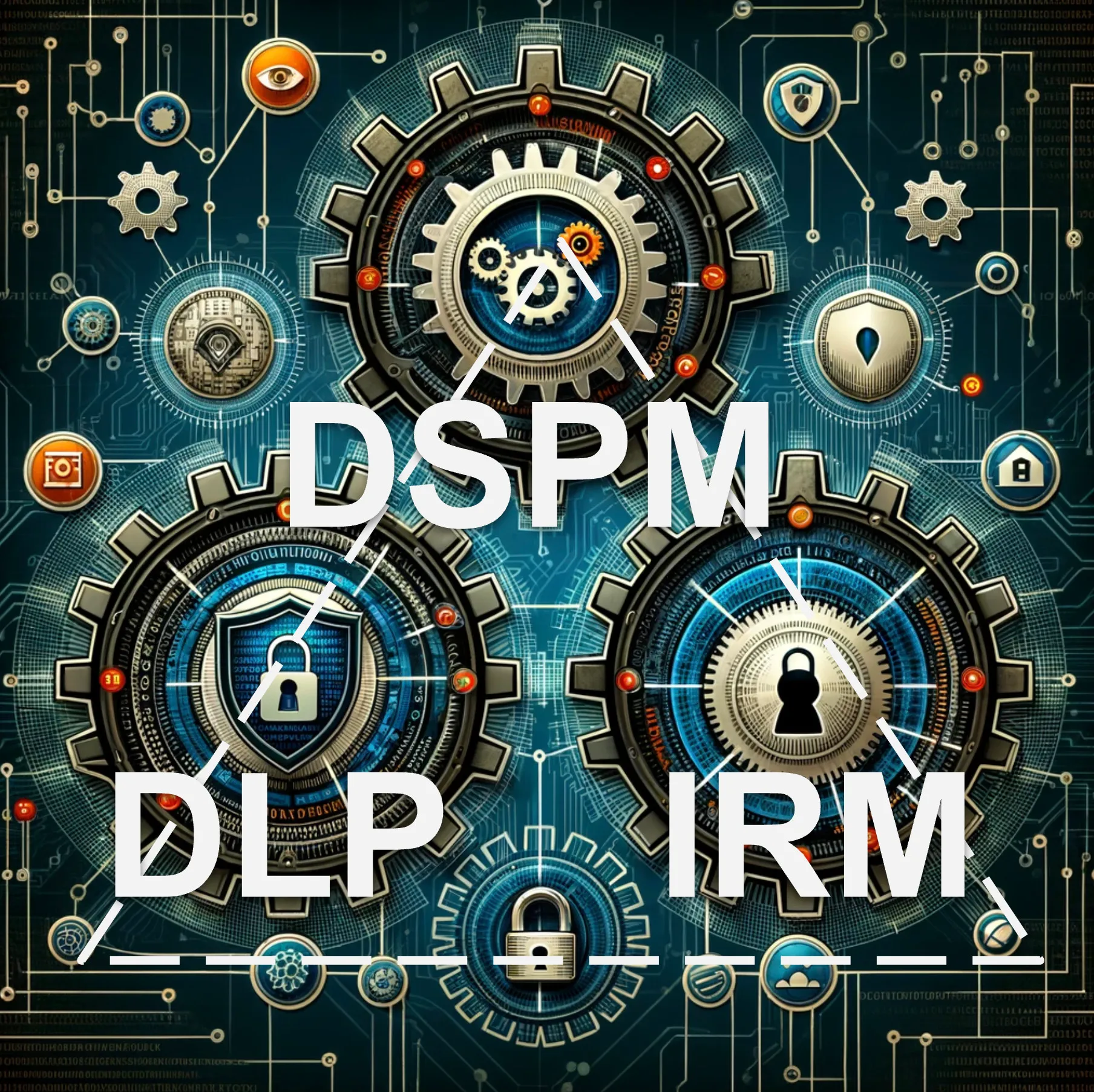Fortinet Acquires Next DLP Strengthens its Top-Tier Unified SASE Solution
Read the release
TL;DR:
In the evolving landscape of cybersecurity, organizations are increasingly recognizing the importance of a holistic approach to protect sensitive data from both external threats and internal vulnerabilities. Data Security Posture Management (DSPM), Data Loss Prevention (DLP), and Insider Risk Management (IRM) solutions each play a critical role in this multifaceted defense strategy. Together, they form a comprehensive ecosystem that safeguards data across all vectors; from data on an endpoint to cloud data. This blog post explores why DSPM products are not only essential in their own right but also complementary to DLP and Insider Risk Management solutions, enhancing overall data security posture.
Before delving into their complementary nature, it's crucial to understand what each of these solutions entails:
 |
A DSPM tool provide comprehensive visibility into where sensitive data resides and how it's classified. When integrated with DLP systems, organizations can enforce more accurate and effective data protection policies, as DLP tools can leverage the detailed data discovery, inventory and classifications provided by DSPM. This integration ensures that data loss prevention measures are precisely targeted, reducing the risk of both external breaches and insider threats.
Both DSPM solutions and DLP solutions are pivotal in ensuring compliance with data protection regulations such as GDPR, HIPAA, and CCPA. DSPM's role in data classification and risk assessment complements DLP's enforcement capabilities, creating a robust framework for regulatory compliance. When insider risk management strategies are added to the mix, organizations gain the ability to monitor and control internal actions that could lead to compliance violations, further strengthening the organization's compliance posture.
The integration of DSPM with DLP and Insider Risk Management facilitates a more proactive approach to insider threat detection and mitigation. DSPM's risk assessment capabilities can identify potential vulnerabilities and misconfigurations that might be exploited by insiders or external attackers. DLP can then apply specific policies to mitigate these risks, while Insider Risk Management solutions monitor for suspicious behavior, providing an early warning system for potential threats.
According to an article in the Wall Street Journal "Many consumer product (CP) industry executives may be out of touch with consumers’ opinions on the importance of data security and privacy." Therefore, combining DSPM, DLP, and Insider Risk Management fosters a culture of security awareness and responsibility throughout the organization. DSPM solutions educate stakeholders about the importance of data security and compliance, DLP enforces the necessary controls to protect data (from endpoint to cloud infrastructure), and Insider Risk Management solutions ensure that employees are aware of the risks and their roles in preventing data loss. This holistic approach not only enhances data security but also builds a strong security culture, reducing the likelihood of accidental or intentional data breaches.
Integrating DSPM tools with DLP and Insider Risk Management allows organizations to optimize their resource allocation by focusing efforts where they are most needed. By identifying the most sensitive data and highest risk areas, organizations can prioritize security investments, streamline security operations, and achieve a better return on their security spending.
The integration of Data Security Posture Management (DSPM) with the Reveal Platform from Next DLP represents a holistic approach to safeguarding sensitive data across an organization's digital estate. While DSPM focuses on identifying, classifying, assessing, and managing the security of data across diverse environments, the Reveal Platform enhances this framework by providing advanced data loss prevention capabilities and insightful analytics. Here's how DSPM works alongside the Reveal Platform to create a robust data protection strategy:
Enhanced Data Discovery and Classification
Comprehensive Risk Assessment
Advanced Data Protection Controls
In conclusion, DSPM products, when integrated with DLP and Insider Risk Management solutions, offer a comprehensive and nuanced approach to data security. This integration enhances visibility, strengthens compliance, facilitates proactive threat mitigation, promotes a holistic security culture, and optimizes resource allocation. As data landscapes continue to evolve and expand, leveraging the complementary strengths of DSPM, DLP, and Insider Risk Management will be crucial for organizations aiming to safeguard their most valuable assets in an increasingly complex and threat-prone digital world.
To learn more about DSPM and understand if it's needed in your organization, we recommend this DSPM podcast on Sans.org by Mike Melo, CISO and head of technology at LifeLabs.

Blog

Blog

Blog

Blog

Resources

Resources

Resources

Resources

